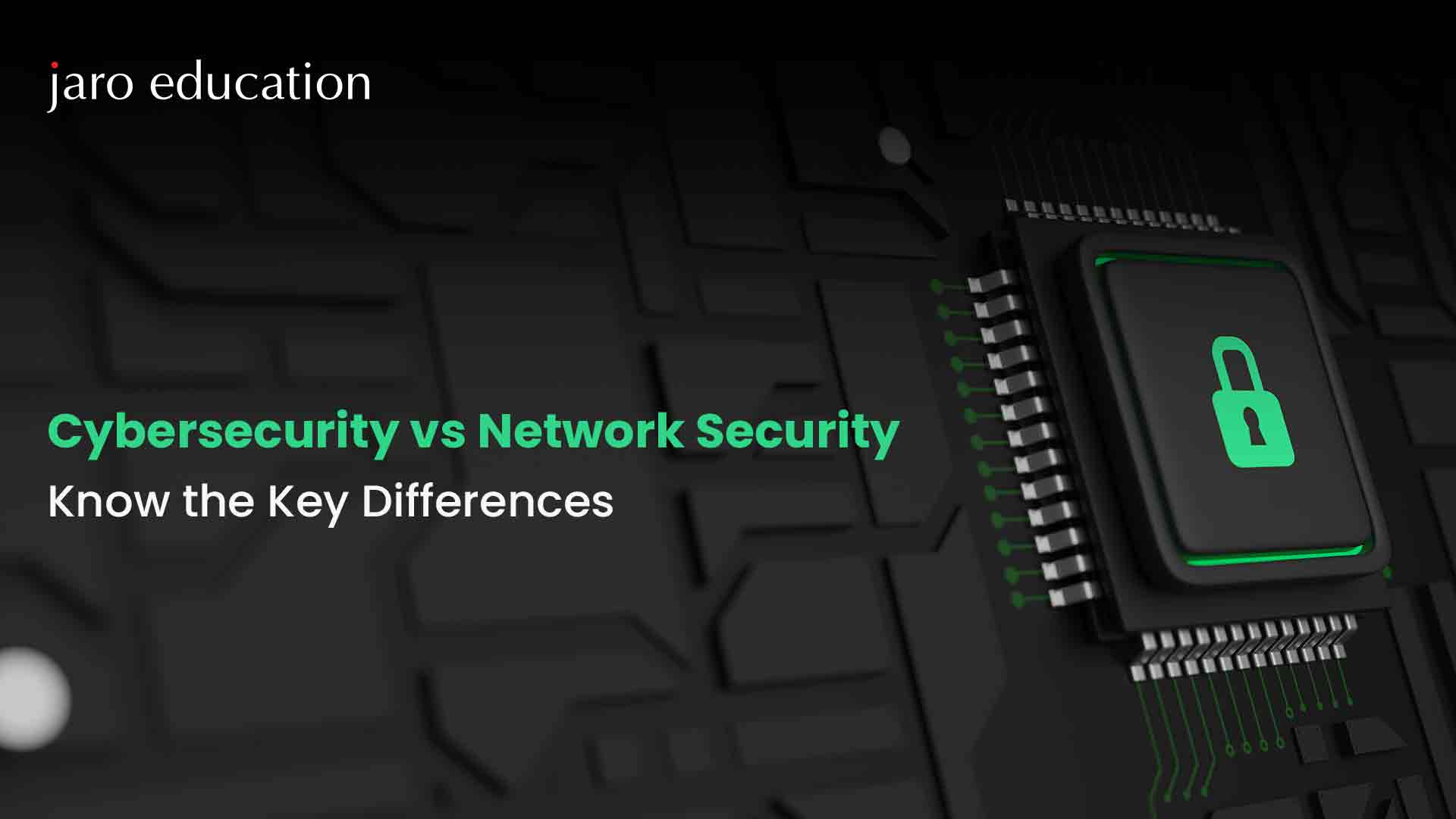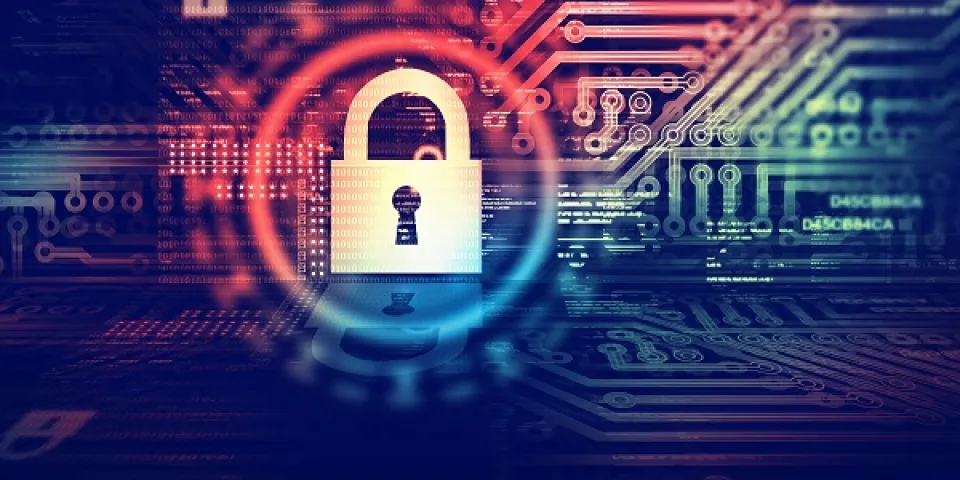Fiber Network Security: Protect Your Fiber Optic Infrastructure from Cyber Threats
Fiber Network Security: Protect Your Fiber Optic Infrastructure from Cyber Threats
Blog Article
The Crucial Duty of Information and Network Protection in Safeguarding Your Information
In a period where data breaches and cyber threats are significantly prevalent, the importance of durable information and network safety can not be overemphasized. Organizations should not only protect sensitive information yet additionally make sure conformity with developing regulatory requirements. The implementation of effective safety and security actions, such as encryption and accessibility controls, is vital to maintaining count on and functional integrity. The landscape of cyber risks is regularly changing, increasing inquiries regarding the competence of existing techniques and what new strategies might be needed to remain ahead of potential dangers. What exists ahead in this complicated safety and security atmosphere?
Understanding Information Protection
In today's digital landscape, an overwhelming bulk of organizations come to grips with the complexities of data safety and security. This vital part of info modern technology entails securing sensitive data from unapproved accessibility, corruption, or burglary throughout its lifecycle. Data protection encompasses various methods and technologies, including file encryption, accessibility controls, and information masking, all focused on securing info versus breaches and susceptabilities.
A basic facet of information safety is the identification and classification of information based upon its sensitivity and importance. This classification aids organizations prioritize their safety efforts, allocating sources to protect the most vital info efficiently. In addition, implementing durable plans and treatments is vital to ensure that employees comprehend their duty in maintaining information security.
Normal audits and assessments help in recognizing possible weaknesses within a company's data safety framework. In addition, employee training is crucial, as human mistake remains a considerable factor in data breaches. By fostering a society of protection awareness, companies can minimize dangers associated with expert dangers and carelessness.
Significance of Network Safety And Security
Network security stands as a keystone of a company's general cybersecurity technique, with around 90% of businesses experiencing some kind of cyber hazard in the last few years. The value of network safety lies in its ability to protect delicate info and preserve the stability of organization procedures. By guarding network facilities, organizations can protect against unauthorized accessibility, data breaches, and other malicious tasks that can endanger their possessions and track record.
Carrying out robust network security determines not just assists in mitigating threats yet also fosters depend on among stakeholders and customers. When customers are assured that their personal and economic info is protected, they are more probable to engage with the organization, leading to boosted client commitment and business growth.
Additionally, a well-structured network safety framework promotes compliance with numerous regulatory needs. Organizations has to abide by industry criteria and lawful mandates concerning information defense, and efficient network safety and security techniques can make sure conformity, therefore avoiding prospective fines.

Typical Cyber Hazards
Organizations must remain vigilant versus a variety of cyber threats that can weaken their network security efforts. Amongst one of the most common hazards is malware, which encompasses infections, worms, and ransomware that can interfere with procedures, take information, or hold info captive. Phishing strikes, where destructive actors pose trusted entities to deceive people into disclosing sensitive info, remain to grow in class, making user education crucial.
Another prevalent threat is distributed denial-of-service (DDoS) attacks, which overload systems with traffic, providing them not available to legitimate users. Insider risks, whether willful or unintentional, position substantial dangers as staff members might accidentally subject sensitive data or intentionally exploit their access for destructive purposes.
Additionally, vulnerabilities in software and hardware can be manipulated by cybercriminals, highlighting the relevance of routine updates and patch monitoring. Social engineering tactics better make complex the landscape, as attackers manipulate people into revealing secret information via emotional control.
As these hazards develop, companies need to maintain a proactive strategy to determine, mitigate, and respond properly to the ever-changing cyber risk landscape, guarding their important details and maintaining trust with stakeholders. fft pipeline protection.
Best Practices for Defense
Applying durable security steps is vital for securing delicate details and maintaining operational stability. Organizations needs to start by performing comprehensive danger evaluations to identify susceptabilities within their systems. This positive method enables the prioritization of safety campaigns tailored to the particular demands of the company.
Taking on strong password policies is crucial; passwords must be intricate, regularly transformed, and handled using secure password management devices. Multi-factor authentication (MFA) includes an extra layer of security by calling for extra confirmation techniques, thus minimizing the threat of unapproved access.
Regular software updates and spot go now administration are critical to protect against understood vulnerabilities. Executing firewall softwares and intrusion discovery systems can even more secure networks from outside risks. Employee training is just as crucial; staff must be educated on acknowledging phishing efforts and comprehending the value of information safety procedures.
Data security must be used for sensitive information, both at remainder and en route, to make certain that even if information is obstructed, it remains unattainable (fft pipeline protection). Last but not least, companies have to establish and regularly examination case feedback plans to guarantee quick activity in case of a security violation. By sticking to these best methods, organizations can improve their security posture and safeguard their crucial data assets
Future Trends in Safety And Security
The landscape of information and network protection is constantly advancing, driven by developments in innovation and the increasing refinement of cyber risks. As companies increasingly take on cloud computer and IoT gadgets, the standard of safety will shift toward a zero-trust version. This strategy stresses that no entity-- interior or exterior-- is naturally Get More Information trusted, mandating verification at every access factor.
In addition, using expert system and artificial intelligence in safety protocols is on the increase. These innovations make it possible for predictive analytics, enabling organizations to recognize susceptabilities and prospective risks before they can be manipulated. Automation will likely play an essential function in streamlining safety actions, reducing the moment required to alleviate breaches.
Additionally, regulatory frameworks will remain to tighten up, necessitating more rigid compliance actions. Organizations should stay abreast of advancing policies to guarantee they meet protection requirements.

Conclusion
In verdict, the value of information and network safety can not be overstated in the contemporary electronic landscape. With the prevalence of cyber threats and the increasing intricacy of regulative demands, organizations should embrace extensive safety and security additional resources procedures to secure sensitive details.
In a period where data breaches and cyber dangers are increasingly common, the relevance of robust information and network safety and security can not be overemphasized. Data security incorporates numerous techniques and technologies, consisting of file encryption, gain access to controls, and data masking, all aimed at securing info against breaches and susceptabilities.
A basic element of information safety is the recognition and classification of information based on its level of sensitivity and relevance.The landscape of information and network safety is continuously evolving, driven by advancements in technology and the increasing refinement of cyber hazards.In final thought, the relevance of data and network safety and security can not be overemphasized in the contemporary digital landscape.
Report this page